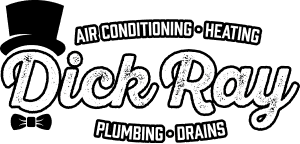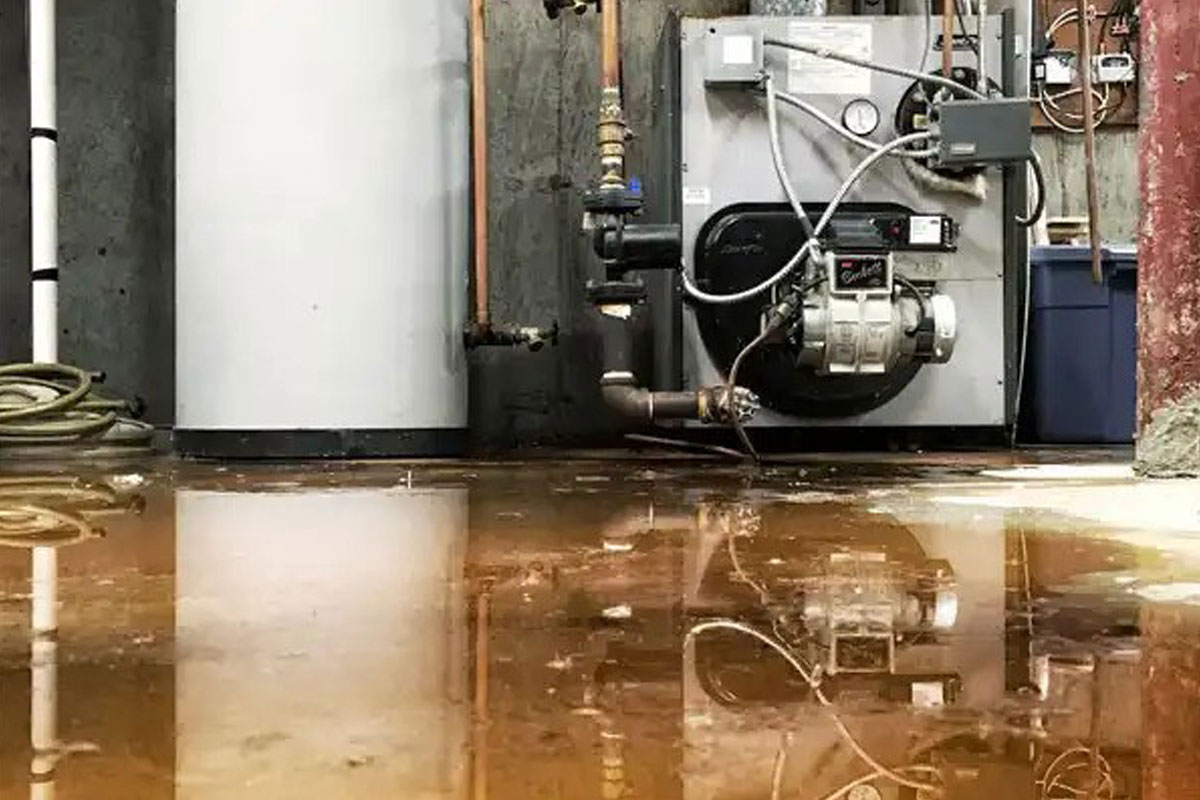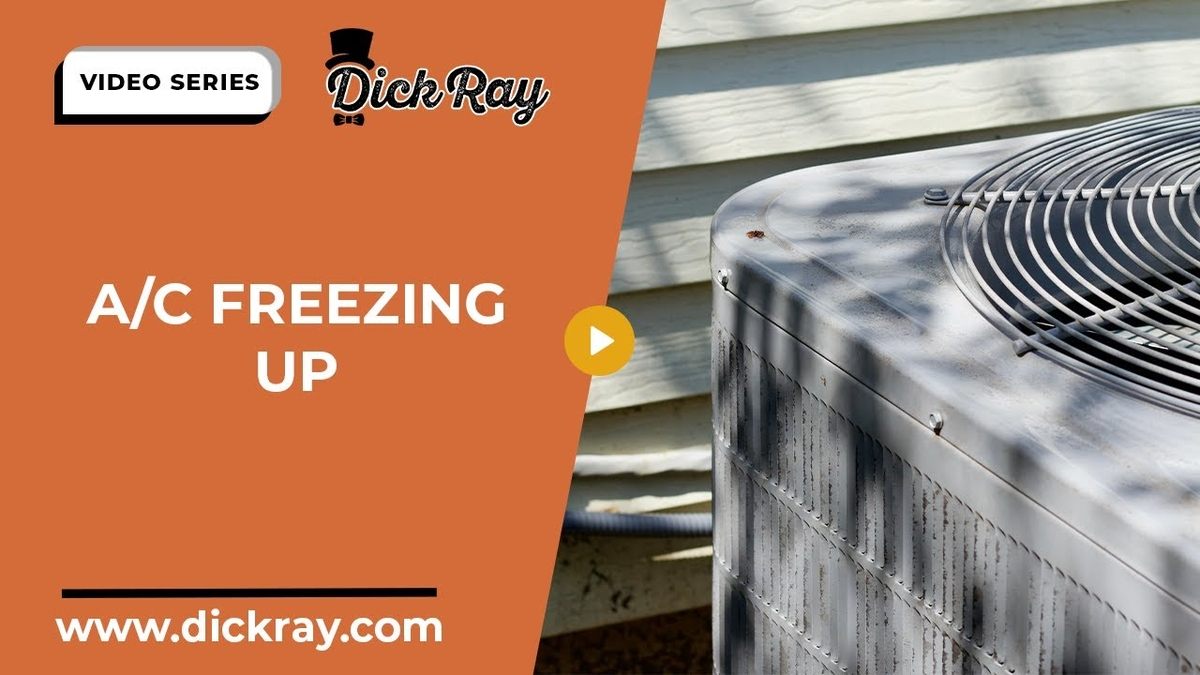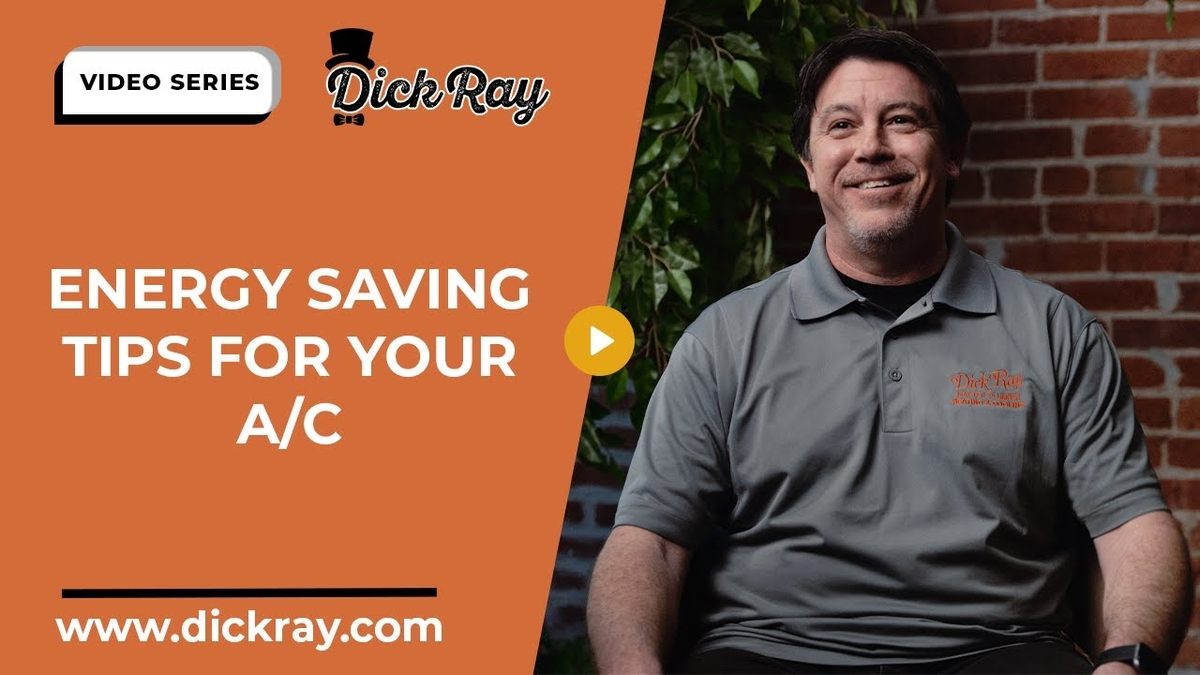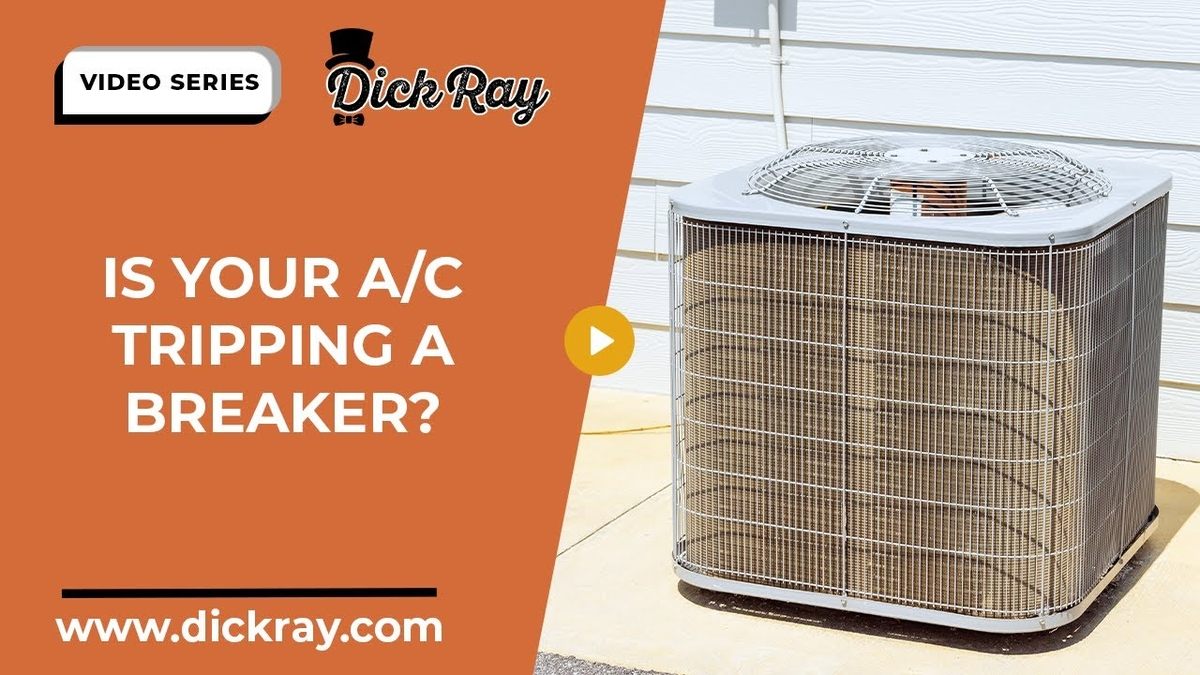If you live in an area of the country that regularly sees a lot of snow or rainfall, or if you live near a river that may flood regularly, you need to know about sump pumps.
When rain gathers around your home during heavy downpours or a spring thaw leads to heavy water runoff, this can create a build-up of pressure against your foundation, which can then crack or ruin it. Sump pumps are designed to solve this problem.
They remove excess groundwater from around your foundation. They also drain away water that may have leaked into your basement due to cracks in the foundation. They help prevent flooding in your home and water damage that can run into thousands of dollars. They also help prevent the buildup of mold and mildew.
What Is a Sump Pump?
A sump pump is a small machine that sits in, or near, a pit in your basement. Once the water reaches a predetermined level, the sump pump activates. Drainpipes attached to the sump pump move the excess water through the drainpipe and away from your home.
Regardless of which kind of sump pump you decide to install, you will need to build a sump pit in your basement. Pits are installed at the lowest point in the basement so that excess water flows into it. If your home was not constructed with a sump pit, you will need to dig one.
In the past when basement floors were primarily made of gravel, this was not an issue. Most modern homes, however, have a concrete floor in the basement. To build a sump pit, you will need to dig down through this concrete level. This will require the use of a jackhammer. We’ll talk more about how to build a sump pit below.
There are two types of sump pumps — pedestal sump pumps and submersible sump pumps.
1. Pedestal Sump Pump
A pedestal sump pump is composed of a motor attached to a long pole which is attached to a pedestal — this is how it gets its name. You install it next to the sump pit and attach a hose that extends down into the bottom of the sump pit. Pedestal sump pumps have a floater, very much like the float in a toilet tank. When the water reaches a predetermined level, the float rises and turns on the motor, and the pump begins to remove the excess water.
Pedestal sump pumps are a good choice if you live in an area that sees minor amounts of flooding or when the sump pit is narrow or shallow. Since the pedestal sump pump motor is not submerged in water, it is much easier to repair and lasts much longer than a submersible pump motor. A pedestal sump pump is easier to repair and to replace, but it also has a much longer lifespan — as long as 25 years.
The problem with pedestal sump pumps is they don’t have a lot of power. Most sump pumps have a one-third horsepower motor and can move about 35 gallons of water a minute. If you live in an area with heavy rainfall, a pedestal sump pump would not be able to remove the excess water fast enough to prevent your basement from flooding. Pedestal sump pumps can also be quite noisy while they are in operation.
2. Submersible Sump Pump
Submersible sump pumps, including both the motor and the pump, are contained inside a waterproof housing. You place the pump into the sump pit as it is designed to work in water. The pump is at the bottom of the machine with an outlet at the top that attaches to a drainpipe. When the water reaches a certain level, the machine turns on and pumps the water through the drainage pipes to a location outside your home. You can use a grate or special filter cloth to keep debris out of the pump.
Submersible sump pumps are the ideal choice if you live in an area with a lot of rainfall or snow or flooding. They are much more powerful than pedestal sump pumps. Most submersible sump pumps have one-half horsepower motors and can remove up to 60 gallons of water per minute. Because these sump pumps are immersed in water, they are also much quieter.
Submersible sump pumps, however, have much shorter lifespans than pedestal sump pumps — usually five to seven years or even less if not adequately maintained. They are also challenging to repair if a problem develops and much harder to replace.
Do I Need a Sump Pump?
If you live in an area with high rainfall, heavy snow runoff or regular flooding, you could be making a serious mistake by not installing a sump pump.
Flooding can lead to very high repair costs. If your basement floods, you may need to replace washers and dryers, repair your furnace or rewire much of the electrical system. Floods can damage important items or food stored in the basement as well as walls and foundations.
This could require several thousand dollars at a minimum to repair this damage.
The average cost of the first installation of a sump pump is far less than what you would pay if your home were severely damaged by water. A sump pump is well worth the cost.
How Much Does It Cost to Install a Sump Pump?
The cost to install a sump pump in your home varies considerably pending upon where live in the country. While it might cost you a couple thousand dollars to get a sump pump installed if you lived in Boston, it might only be much less if you lived in New Hampshire or Vermont.
The average cost of a pedestal pump ranges from nominal for a one-third horsepower motor to a few hundred for a half horsepower motor. The cost of a submersible pump ranges in the hundreds with the more expensive pumps including their own battery backup system.
Another factor that influences the cost of a sump pump is the material from which it is constructed. Plastic pumps provide greater chemical resistance from corrosion and are better at handling heavy silt, but they have problems dealing with high pressures and have less horsepower. Metal pumps corrode more easily but are much better at dealing with higher pressures.
The location of the pump is another factor. Typically it’s best to situate the pump and the sump pit at the lowest point in your basement. But you need to be careful. If there’s a lot of plumbing in that area already, installing a sump pump there will be more complex and expensive.
The largest portion of the cost will be digging the sump pit — depending on how thick the concrete floor is in your basement, prices can go up or down accordingly. The thicker the floor, the more you’re going to have to pay for building the pit.
What Size Sump Pump I Do Need?
The size of the sump pump that you will require depends on two factors — the volume of water it will need to remove and the design of the piping through which it will flush the excess water.
Water volume: The more rainfall and snow in your area, the more powerful pump you’ll need. Submersible sump pumps are usually more powerful and can come up to three-quarters horsepower if required.
Pipe design: When your sump pump must remove excess water through narrow, long or tall pipes with many turns, you will also need a stronger pump. Remember your sump pump is moving water from the lowest point in your house to the outside. The more bends and twists in your piping, the harder your sump pump will have to work.
Maintaining a Sump Pump
If you provide your sump pump with regular maintenance, you can extend its normal lifespan. These machines are designed to withstand tough conditions, and that’s especially true of submersible pumps. As we noted above, a pedestal pump can last as long as 25 years, while the typical lifespan of a submersible pump is five to seven years. If you would like to extend the lifecycle of either model, we recommend the following maintenance tips:
The busiest time of the year for a sump pump is the spring. Rains are heaviest and runoff the greatest. But during the summer and fall, it is used very little. During these downtimes, pour water into the sump pit to make sure the machine is operating correctly. We recommend doing this about twice a year.
If you use an extension hose to help drain water away from your house, it’s a good idea to turn off the pump in the winter or disconnect the hose entirely to avoid having it freeze in cold temperatures.
Sump pumps can often be clogged with debris and silt. A good trick to remove a lot of the buildup associated with debris is to run vinegar through the machine.
Check the float regularly. Make sure there are no obstructions. You can also test the motor by lifting the float manually to see if the motor turns on.
Every sump pit should have a cover. This prevents people from accidentally falling in or debris from getting into the pit. You should remove the cover at least once every quarter and take out any debris that has gathered in the pit.
The primary purpose of a sump pump is to remove excess water. But if there’s too much debris or buildup in the pump itself or in pipes, the water will stop flowing. Check regularly to make sure that this water is being pumped outside your home.
Every sump pump should have a backup battery in case the power goes out. You need a new backup battery every three years.
If your sump pump continues to run when it should have finished its job, keep your ears open for strange noises. This could be a sign of problems with the motor.
Make sure your home insurance includes a rider for sump pump failure. Don’t make the mistake of assuming your current policy will include such a feature. You will likely need to buy this coverage separately. Many insurance companies don’t even offer it as an option. If this is the case with your home insurance, you can still purchase a sump pump failure rider from the National Flood Insurance Program. It normally costs about $100 year.
If you live in an area with a lot of rainfall or very close to a flood zone, you should think about purchasing extra pumps. You don’t have to run them if one pump is enough, but if your main pump can’t deal with an extremely heavy water flow, you can turn on your extra pumps to help.
Do I Need a Backup Battery on My Sump Pump?
You want your sump pump to work all the time. If you lose power during a particularly heavy storm, your sump pump won’t be able to help you. You need a backup battery. And you need a powerful one. For that reason, most experts recommend purchasing a marine battery, the kind used on outboards and aboard ships. Car batteries just won’t get the job done – they’re not powerful enough. A car battery is designed to turn your engine on and run your headlights and your radio. A marine battery is designed to provide consistent power. This makes it a much better choice as a backup battery.
Also, many newer sump pump models, especially submersible sump pumps, now include their own backup battery system. Ask your plumber for their recommendations on the best way to keep your sump pump working when the power is out.
How Can I Tell If It’s Time to Replace an Older Sump Pump?
Sump pumps are not complex machinery. They are designed simply to provide enough power to pump water up a drainage pipe. As a result, there aren’t many things that can go wrong mechanically. Here are three things that you need to watch for:
1. Noise: Pedestal sump pumps can be noisy while submersible sump pumps are less so. But if the sounds coming from your sump pump are louder or different than they have been, it could be a sign that there are worn or damaged components. For instance, if your pump has accidentally collected a large piece of debris, this debris can bend or warp the impeller. A bent or damaged impeller can create excessive stress on the shaft.
If this happens, replace the unit. It’s almost impossible to bend an impeller back into its correct shape.
2. No Power: When the sump pump unit appears to be receiving electrical power but still isn’t working, this could be a sign of electrical damage inside the machine. One way to determine if this is the case is to unplug the sump pump and plug a smaller item like a lamp into the outlet. If the lamp turns on, you know the problem is in the pump itself and not the outlet.
No matter how good you think you are at DIY repairs, never attempt to resolve this problem on your own. Water and electricity do not mix. The best idea is to replace the entire unit. If the machine has one electrical problem, others will most assuredly follow.
3. Complete Breakdown: When the pump appears not to be receiving any power, first check to make sure it’s plugged in. If that’s not a problem, check the breaker box. Sometimes when the machine is working hard, it can blow a fuse in the breaker box.
If that’s not a problem, you should then check the floater switch with an electrical tester. If you don’t have a tester, you can usually find one at your local hardware store for a few bucks. If the tester shows that the switch is working properly, then you know that the motor has gone out, and it’s time to buy a new pump.
Will Having a Sump Pump Be a Problem When Selling My House?
Having a sump pump in your basement should not be a problem. Many Americans have issues with high water tables, and flooding can be a concern in many parts of the country. Having a properly working sump pump in your home can be a sign to a prospective buyer that you have worked hard to maintain the integrity of your home’s foundation and basement. Make sure you work with a real estate agent who understands the importance of sump pumps and can explain them properly to prospective buyers. The presence of a sump pump can be used as a feature to sell a home, not a reason to avoid a purchase.
What potential buyers will be concerned about is excess moisture. They will check for structural damage, particularly to the foundation. Before you put your home in the market, it’s a good idea to bring in a structural engineer who can check your foundation. If they find no problems, use their report as part of your pitch to a potential buyer.
Take Care of Your Pump and Reap the Benefits
Having a sump pump in your home should not be a problem. It’s actually an excellent thing to purchase if you know you’re going to have to deal with excess water or runoff. As we already noted above, the difference in cost between repairing water damage to a large are a and purchasing and installing a sump pump can be extreme.
If you take the time to look after your pump and follow the tips mentioned above, your sump pump will work for many years and offer you a return on investment many times over. When other people in your neighborhood are having to deal with flooded basements or worse, you’ll be able to rest easy knowing that your sump pump is keeping your basement dry and your costs low.
When You Need a Sump Pump, Call Dick Ray Master Plumber, Heating and Cooling
One of the most important things about installing a sump pump is working with an experienced plumber who you can trust and who you know will do a good job. You can find that plumber at Dick Ray Master Plumbing, Heating and Cooling. We have roots in the Kansas City region that go back over 150 years. We are very familiar with the need for sump pumps in our area and are more than happy to have a member of our knowledgeable and experienced team talk to you about installing a sump pump and why it makes so much sense for your home.
We deal with all makes and models of sump pumps. If your pump can’t be repaired, we can offer you a new, good quality unit to replace it. If you live in an area where you require a sump pump with a lot of power, we can replace your current pump with one that has a higher pumping capacity. We proudly service Kansas City, Lee’s Summit, Overland Park, Prairie Village, Roeland Park, Stillwell, Bonner Springs, Mission Hills, Leawood, Olathe, Merriam, Mission, Fairway, Westwood, Lenexa, Shawnee and Lake Quivira.
If you’d like to know more about our sump pumps and how we can help you, call us at (913) 214-8770, or schedule an appointment online. We offer service even on Saturdays and Sundays and emergency service in the evenings.
